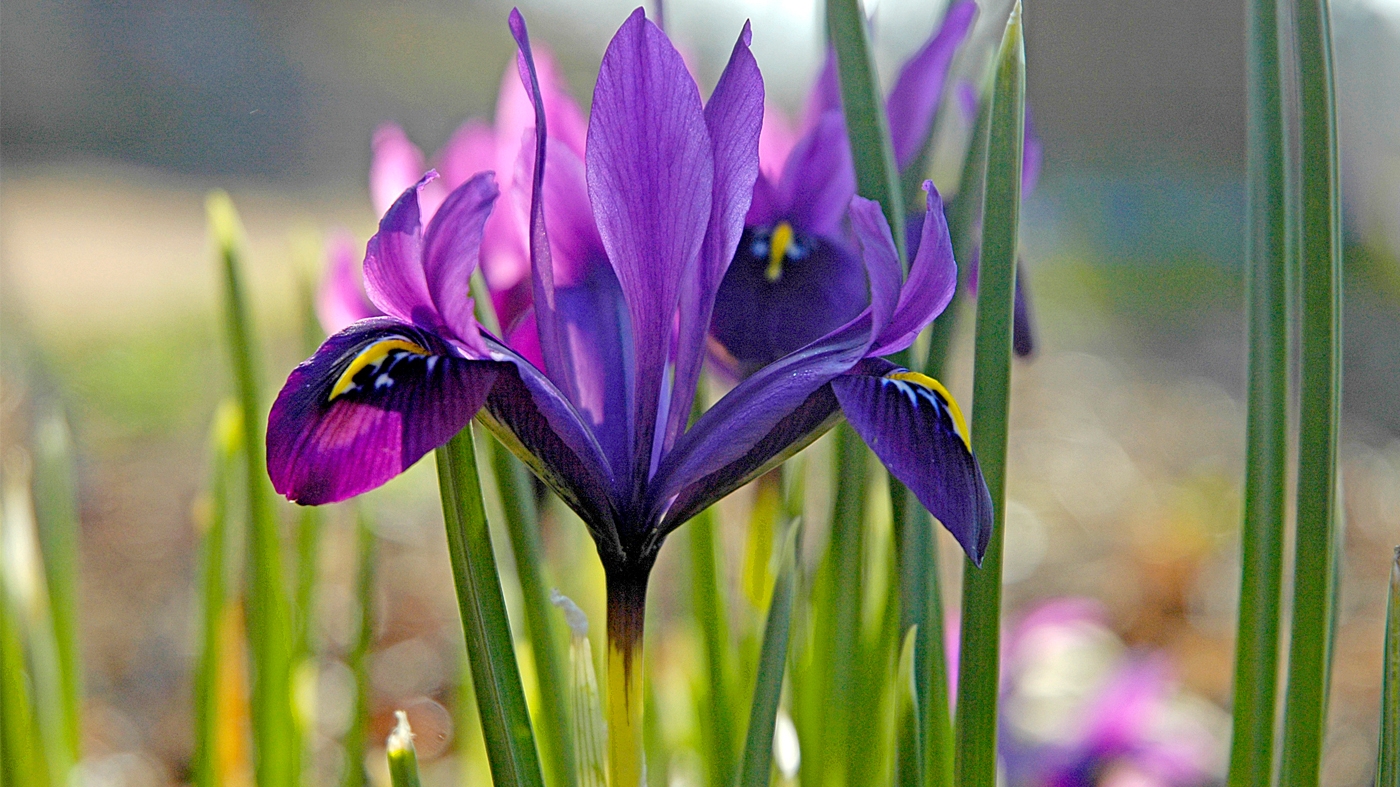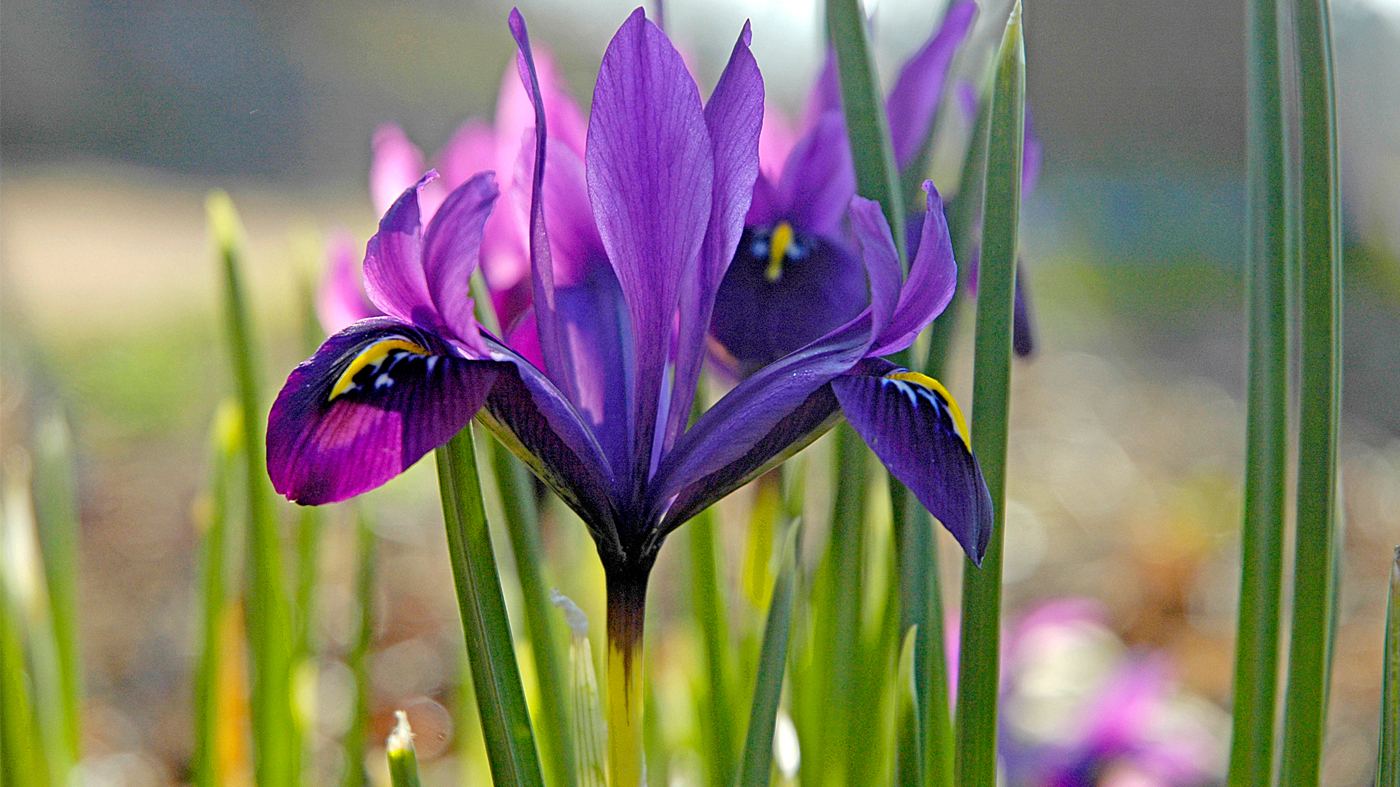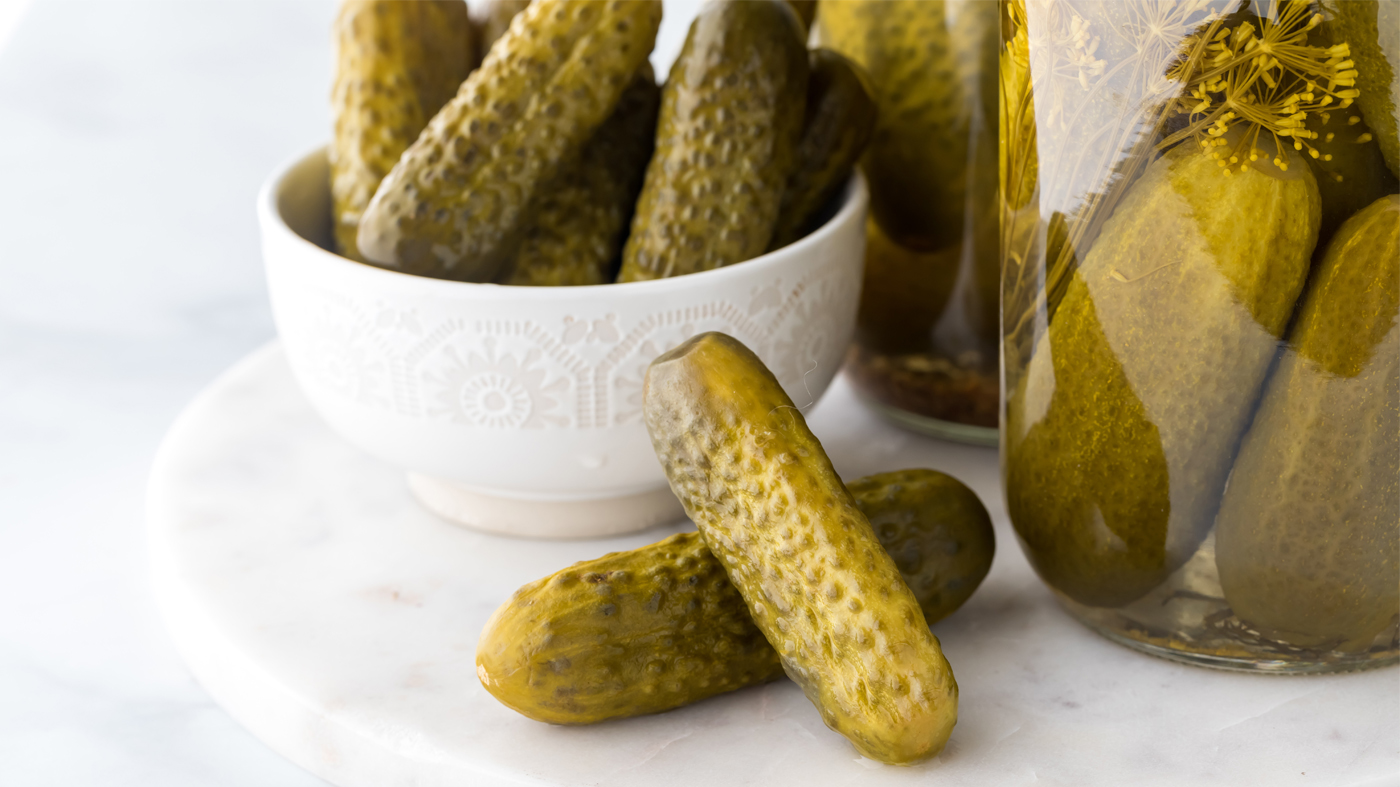

Taste of Community
Chicago Botanic Garden,
Main Campus
Jennifer Schwarz
Pickles
My contribution to this evening’s dinner is pickles.
My contribution to this evening’s dinner is pickles. It’s a relatively new thing for me. I’ve only been making pickles for about five or six years, so it’s not connected to my family history (except I remember my dad drinking store-bought pickle juice as a child), but it is linked to the ways that food can allow people to share cultures and to the ways food can create community.
I grew up in a rural, wooded area of New York, and I’ve always loved the outdoors and gardening, but I didn’t start growing food plants until I moved from Rogers Park to the north suburbs. I miss the lake and the city of course, but the tradeoff was space, and a place to grow, literally and figuratively. I started out with what was really a nightshade garden—tomatoes, peppers, and eggplant—along with herbs.
As it turned out, my neighbors are from Silesia in Poland, and as we got to know each other (they are now my second family), I was introduced to Polish brine pickles, ogórki kiszone, a staple in their household. They were an entirely new experience, nothing like the vinegar pickles I was used to, salty but mellow and flavorful. I was inspired, and added space to my garden so I could try my hand at growing cucumbers for pickles. I was skeptical at first. Could you really just put a bunch of cucumbers in salt water and have them emerge as pickles? They wouldn’t rot? Squish? Nope. Delicious.
What you have here today is an evolution. These pickles are vinegar pickles, my own recipes for spicy bread and butter pickles, and spicy dill spears. There should be a jar for everyone to take home. As I share these with you, there are two types of cucumbers in my garden, pickling cucumbers that will become brine and vinegar pickles, and new this year, Korean cucumbers, long and skinny with only a few seeds.
Spicy Bread and Butter Pickels
Pints of pickles: Makes 8–10


